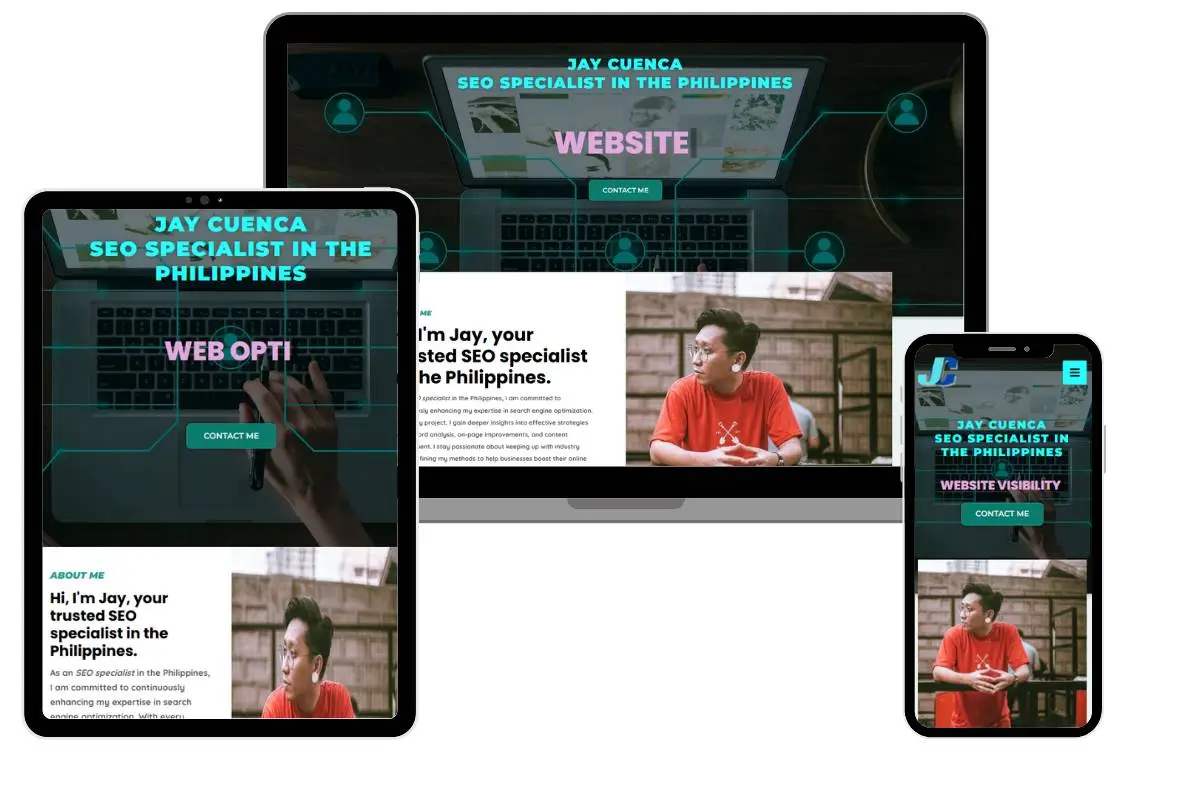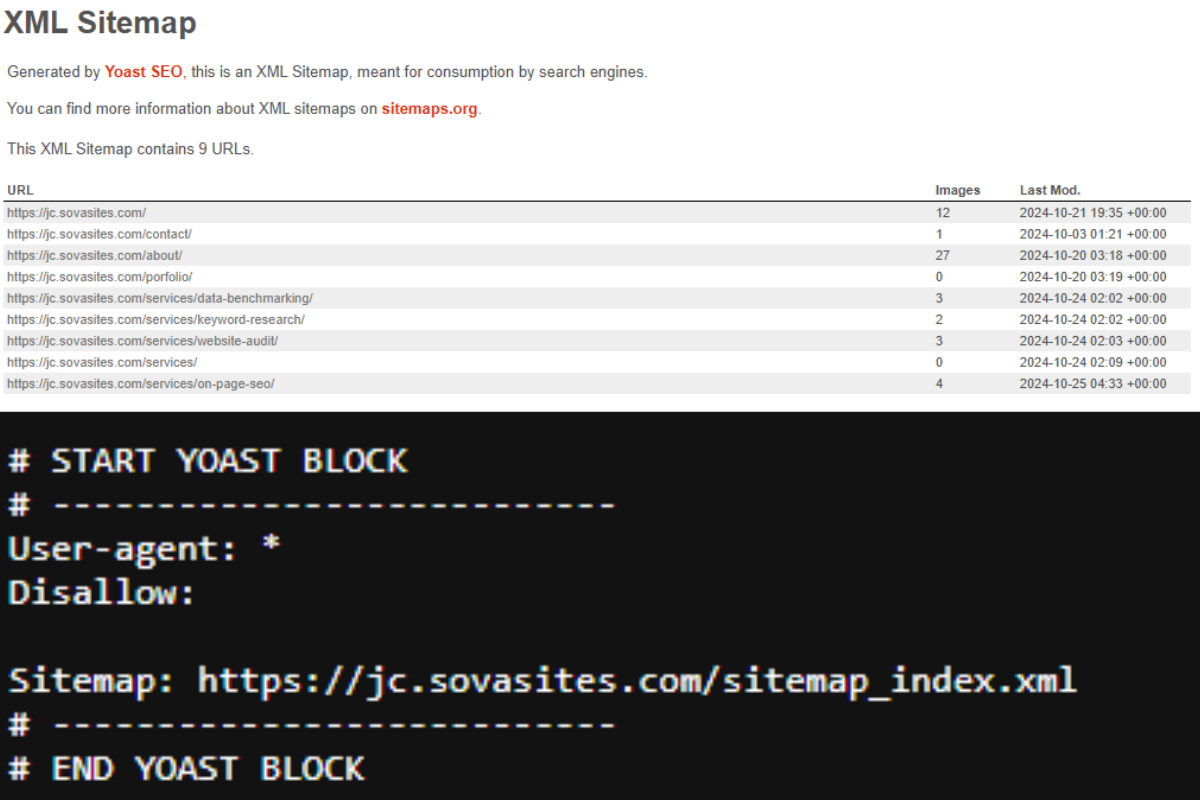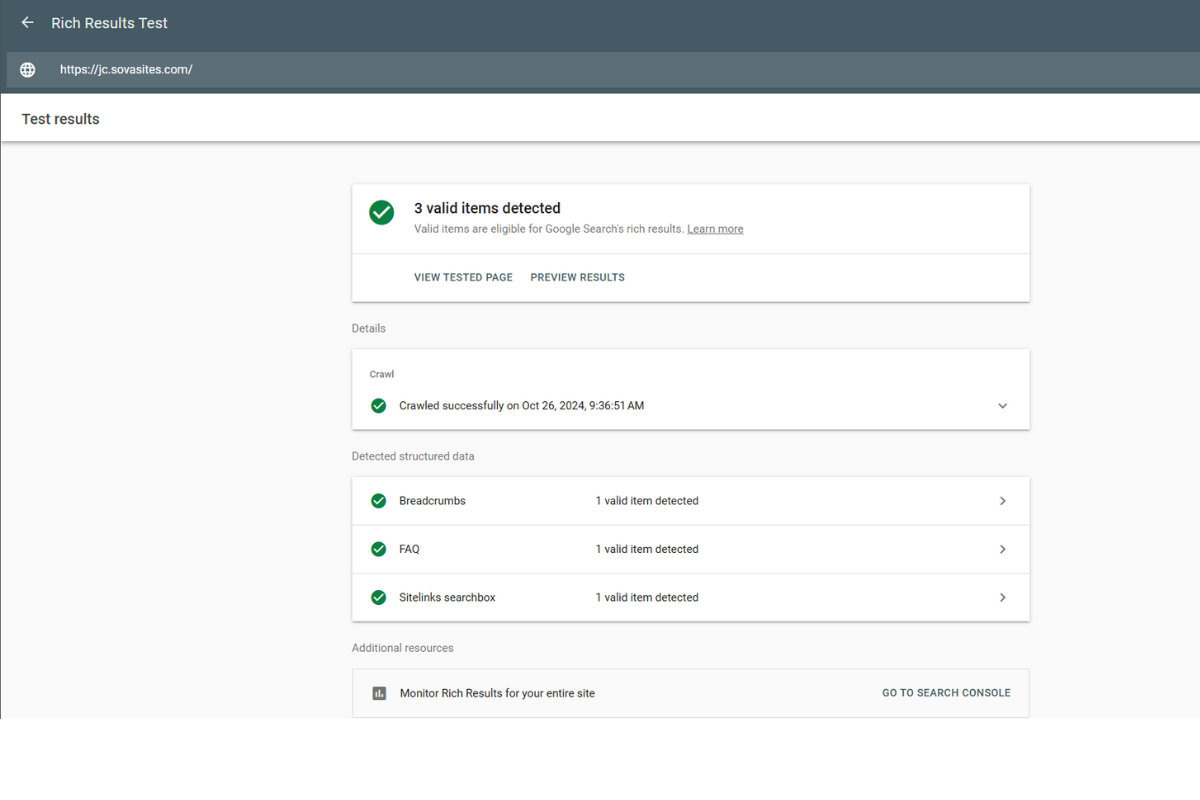SERVICES
On-page Search engine optimization: Tips for optimizing search engine visibility
Elevate Your Rankings with On-Page SEO Strategies
On-page SEO, also known as on-site SEO, refers to the practice of optimizing individual web pages to rank higher and earn more relevant traffic in search engines. It involves improving various elements on your website, such as content, HTML source code, and the overall user experience. The goal of on-page SEO is to ensure that search engines can easily understand your website’s content while delivering value to users. This process is essential for achieving better visibility on search engine result pages (SERPs).
When working on on-page optimization, I focus on improving each element of a webpage to ensure it performs well in search engine rankings. My process starts with keyword research to identify the most relevant terms for the content. Once I have the right keywords, I incorporate them strategically throughout the page, including in titles, meta descriptions, headers, and within the content itself. I also pay close attention to the structure and readability of the content, ensuring it provides value to visitors and answers their questions effectively.
I make sure to optimize images by using descriptive file names and alt text, which helps with accessibility and contributes to SEO. Another key factor I consider is internal linking, which connects different pages of the site, making it easier for both users and search engines to navigate the content.
Page speed and mobile-friendliness are also essential aspects of my on-page optimization strategy. I regularly check site performance and address any technical issues that could affect user experience, like slow load times or poor mobile display. By focusing on these on-page SEO elements, I aim to increase organic traffic and improve the overall ranking of the website.
Key Elements of On-Page SEO
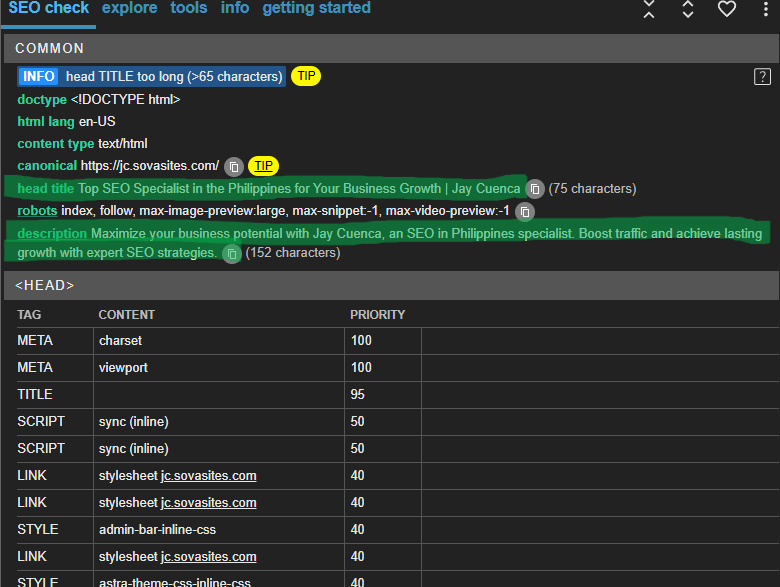
Title Tags & Meta Description
Title tags are one of the most important on-page SEO factors. They appear as the clickable headline in search results and give both users and search engines a clear idea of the page’s content. Make sure your title tags include relevant keywords and are under 60 characters to avoid being cut off in search results.
Meta descriptions are short summaries that appear below the title tag in SERPs. While they don’t directly influence rankings, they play a crucial role in improving click-through rates. A well-written meta description should be enticing and incorporate your target keyword to attract users.
Unique and High Quality Content
Creating unique and high-quality content is crucial for effective on-page SEO, as it directly impacts user engagement and search engine rankings. With the help of AI writing tools like Rytr, ChatGPT, Gemini, and Copy.ai, I can generate compelling and original content tailored to my audience’s needs. These tools assist in brainstorming ideas, refining language, and ensuring clarity while maintaining a natural flow. By leveraging AI, I can focus on producing content that not only resonates with readers but also aligns with SEO best practices, such as incorporating relevant keywords and optimizing for readability. This combination of creativity and technology allows me to enhance my website’s visibility and provide valuable information to my audience.
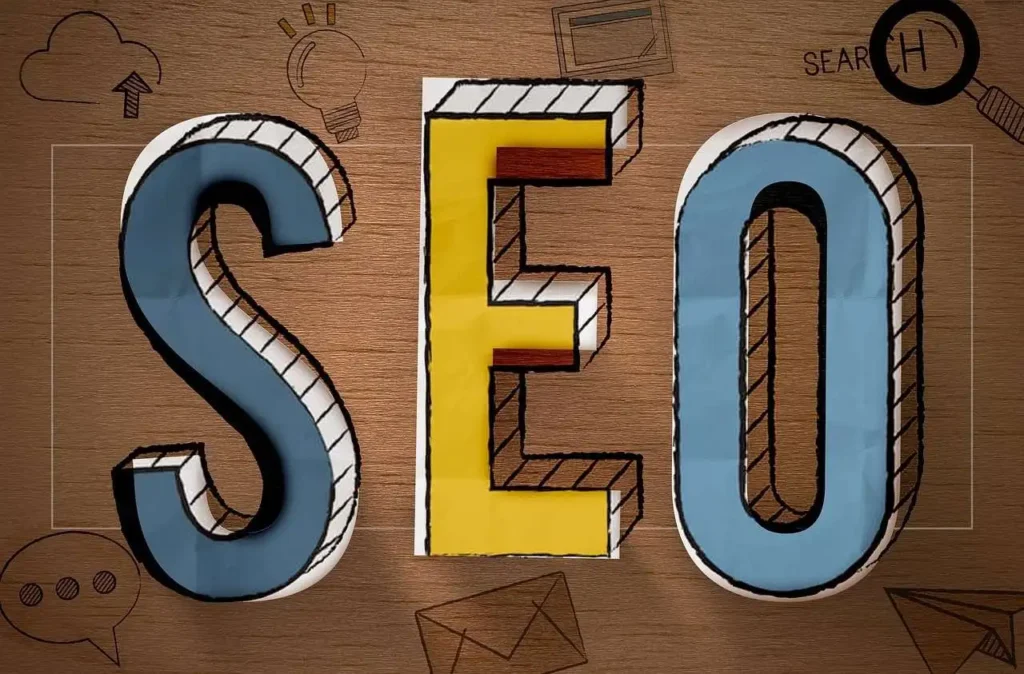
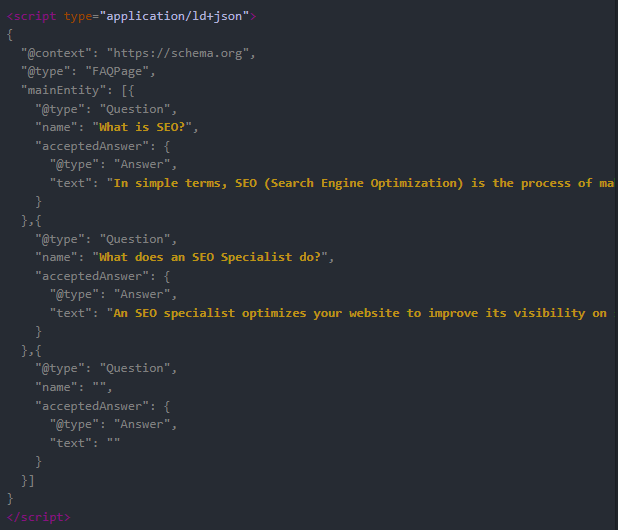
Add Proper Schema Markup
Schema markup is essential for enhancing the visibility and understanding of my website by search engines. By implementing structured data, I provide context about my content, making it easier for search engines like Google to interpret and display relevant information in search results.
This can lead to rich snippets, which not only improve click-through rates but also help my site stand out in a crowded digital landscape. Additionally, schema markup allows me to provide specific details, such as product prices, ratings, and availability, directly in search results, enriching the user experience. By prioritizing schema markup, I position my website for better SEO performance and improved engagement with my audience.
Optimizing Images
Image optimization is a crucial aspect of my overall SEO strategy, and I focus on using descriptive filenames and adding meaningful alt text to all my images. By naming my image files clearly and concisely, I ensure that both users and search engines can easily understand the content of the images. Alt text plays a vital role in this process, as it not only helps visually impaired users grasp the context of the images but also provides search engines with valuable information. This additional context can significantly improve rankings in image searches, making my content more discoverable. I also pay attention to image file sizes, compressing them without sacrificing quality to enhance page load speed, which is essential for user experience and SEO. Overall, optimizing my images helps me create a more accessible and user-friendly website while boosting my visibility in search engine results.
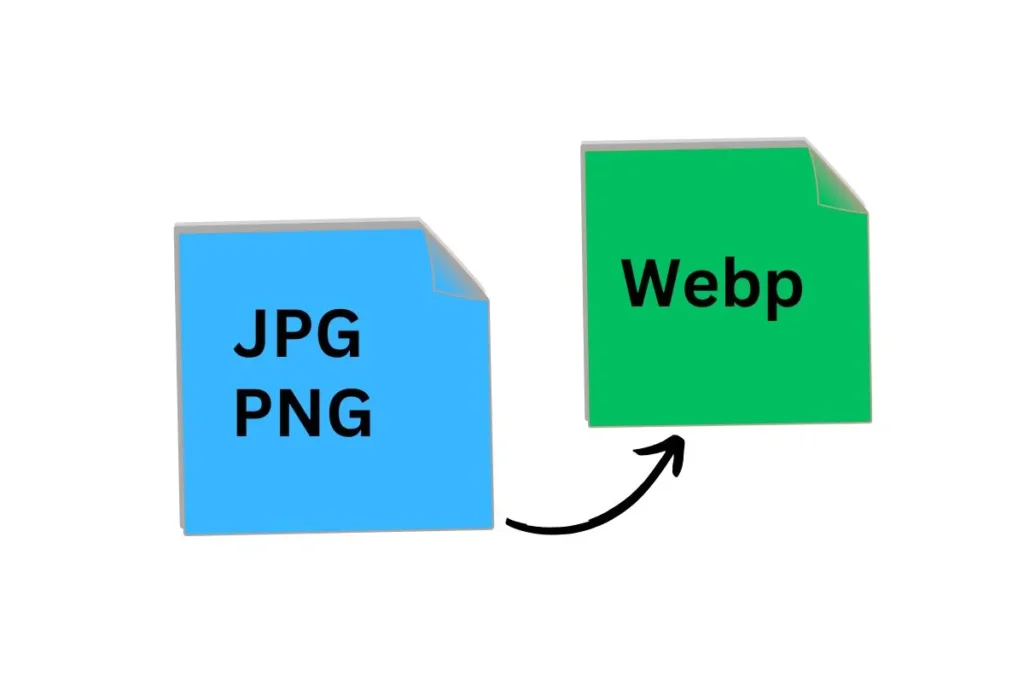
Useful Features
Other elements yet still helpful in optimizing on-page SEO.
Header Tags (H1, H2, etc.)
Header tags (H1, H2, H3) structure your content and make it easier for both users and search engines to navigate. The H1 tag should contain the main focus keyword of the page, while H2 and H3 tags can be used for subheadings that support the overall topic.
Keyword Placement
Proper keyword placement is vital for on-page SEO. Keywords should appear naturally in the page title, headings, URL, and throughout the body of the content. Avoid keyword stuffing, as it can lead to penalties from search engines.
URL Structure
URLs should be short, descriptive, and include your target keywords. A clean URL structure helps both search engines and users understand what the page is about, leading to better rankings and user experience.
Internal Linking
Internal links are hyperlinks that point to other pages within your website. These links help search engines crawl your site more effectively and establish an information hierarchy. Internal linking also keeps users on your site longer, which can positively impact SEO.
Important Technical SEO Elements
Click the image for a better view
With the majority of searches now happening on mobile devices, ensuring your website is mobile-friendly is crucial for on-page SEO. Google uses mobile-first indexing, meaning it primarily considers the mobile version of your site when determining rankings. One of the key aspects I focus on when designing websites is mobile responsiveness. With more people browsing on their phones, it’s crucial that a site looks great and functions well across all devices. Mobile responsiveness ensures that content adjusts smoothly to different screen sizes, from desktops to tablets and smartphones, providing users with a seamless experience. It’s not just about appearance, either – a mobile-friendly site often loads faster, improves navigation, and reduces bounce rates. In fact, Google now considers mobile responsiveness as a ranking factor, which makes it even more essential for SEO. By making sure a site is fully responsive, I’m helping to keep visitors engaged, encourage conversions, and boost its performance on search engines.
To make sure my website is fully optimized for search engines, I use two essential tools: the XML sitemap and the robots.txt file. An XML sitemap acts like a roadmap for search engines, listing all the key pages of my site to ensure nothing important gets missed. This makes it much easier for search engines to crawl and index the content I want to be visible in search results. On the other hand, the robots.txt file gives specific instructions to these search engine bots, directing them on which pages they should access and which ones to avoid. By using these tools together, I can guide search engines to prioritize the content that matters most and skip over irrelevant or sensitive sections, like admin pages or login screens. This setup not only improves the overall visibility of my website in search results but also enhances user experience by ensuring the most valuable information is front and center.
Using structured data markup has been a priority for me in optimizing my website, and this Rich Results Test confirms it’s working well. Structured data, which I’ve implemented for breadcrumbs, FAQs, and a sitelinks searchbox, helps search engines understand and present my content more effectively in search results. This test result shows that all three types of structured data were detected and are valid, meaning they’re eligible for rich results on Google. By adding structured data, I’m ensuring that my site can stand out in search listings with enhanced features like easy navigation through breadcrumbs, quick answers via FAQs, and a searchbox for users to explore directly. These additions contribute to better visibility, a more professional appearance in search results, and a higher likelihood of engaging visitors.
On-page SEO optimization is a fundamental part of any successful SEO strategy. By focusing on elements like content quality, keyword placement, title tags, and mobile responsiveness, you can significantly improve your website’s search engine rankings and user experience. Regularly auditing and optimizing your on-page elements is essential to stay competitive and achieve long-term success in the digital space.
Do you want your business to generate more sales?
Get started today and boost your results. Click the button now!

